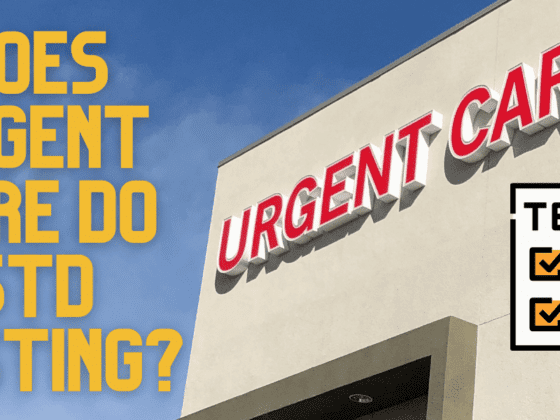Sexual Health
America’s Sexual Health Habits
STDs and Prevention: America’s Sexual Health Habits Sexual health is a vital part of everyone’s well-being. Whether a person is single or in a committed relationship, it’s…
Share
Does Urgent Care Do STD Testing?
Urgent Care clinics help cater to a variety of medical care needs. It’s managed by a group of medical professionals who provide convenient access to quality healthcare services if your…
Share
What Is Included In A Full STD Panel?
Getting yourself tested for sexually transmitted diseases (STDs) is important for one’s wellbeing, especially if you’re sexually active. Fortunately, these days, you can do a test…
Share
How Long Does Bluechew Take To Work?
BlueChew is an online Telehealth service portal that helps connect potential patients with US-licensed physicians and providers to treat erectile dysfunction by providing chewable sildenafil…
Share
How Long Do STD Tests Take?
Most of the common STD tests are done by taking blood or urine samples, and you get your results within two to three days of the test reaching the lab. But the manner of doing the test,…
Share


